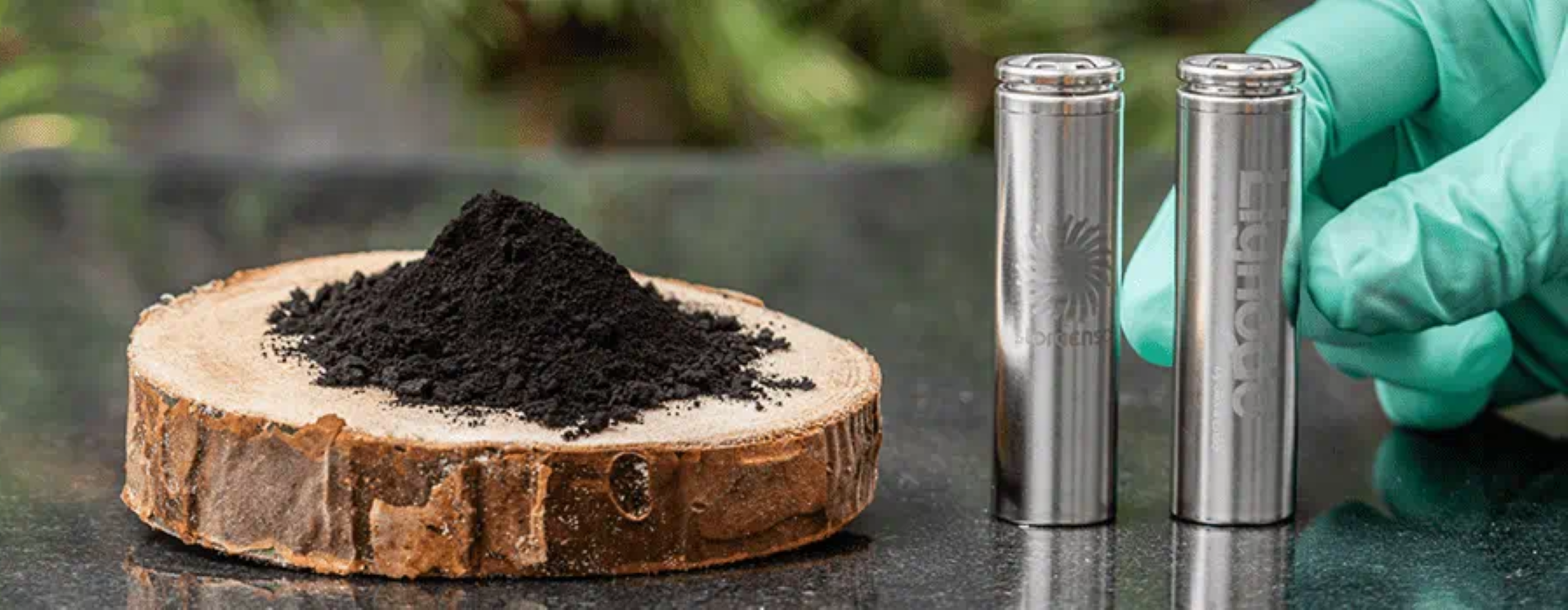Stora Enso, a Finnish renewable forestry materials company, has developed a product called Lignode that could revolutionize the way electric vehicles are powered — by using waste from pine trees to build batteries.
Lignode is a wood-based carbon that can be used to make lithium-ion batteries for electric vehicles. The renewable material is able to replace the graphite that makes up about 30% of batteries.
According to Stora Enzo, China controls 84% of the world's natural graphite supply. Further, what's not coming from natural sources comes from synthetic graphite that's made from oil and gas — the energy sources electric vehicles aim to replace.
"Graphite is a fossil carbon which is either mined or made from other fossil-based materials," the company explains on its website. "The extraction through mining is often also done under less than satisfactory conditions, with social and environmental consequences."
Stora Enso's Lignode batteries are renewable and have a lower impact on resources than traditional battery materials.
Lignode is made from lignin, a byproduct of the papermaking process. Lignin is a natural polymer that gives trees their strength and rigidity.
Normally, lignin is burned to generate energy or discarded as waste, but Stora Enso has found a way to extract the lignin and turn it into the battery material. According to Stora Enso, trees are 30% to 40% lignin, which is separated from the cellulose in trees during paper-making to prevent the paper from yellowing.
The resulting Lignode product can be used to make high-capacity batteries for electric vehicles. These batteries require fewer virgin materials than traditional batteries, and the manufacturing process is less energy-intensive. They may also help speed up EV charging, too.
"As EVs become more common, the need for charging infrastructure increases," Otto Kivi, the senior business development specialist in battery materials at Stora Enso, told Treehugger. "A clear advantage is that the structure of Lignode enables the battery to be charged and discharged faster than with graphitic carbon. Faster charge rates reduce the demand for charging infrastructure and enable solutions for smaller batteries per car."
Lignode also has the potential to be a valuable source of revenue for the forestry industry. By using lignin that would otherwise be discarded as waste, the industry could generate additional income and reduce its waste output.
While there's no timeline yet for bringing these batteries to market, Stora Enso has launched a pilot plant, which it says is the second step in scaling production.
Join our free newsletter for weekly updates on the coolest innovations improving our lives and saving our planet.









